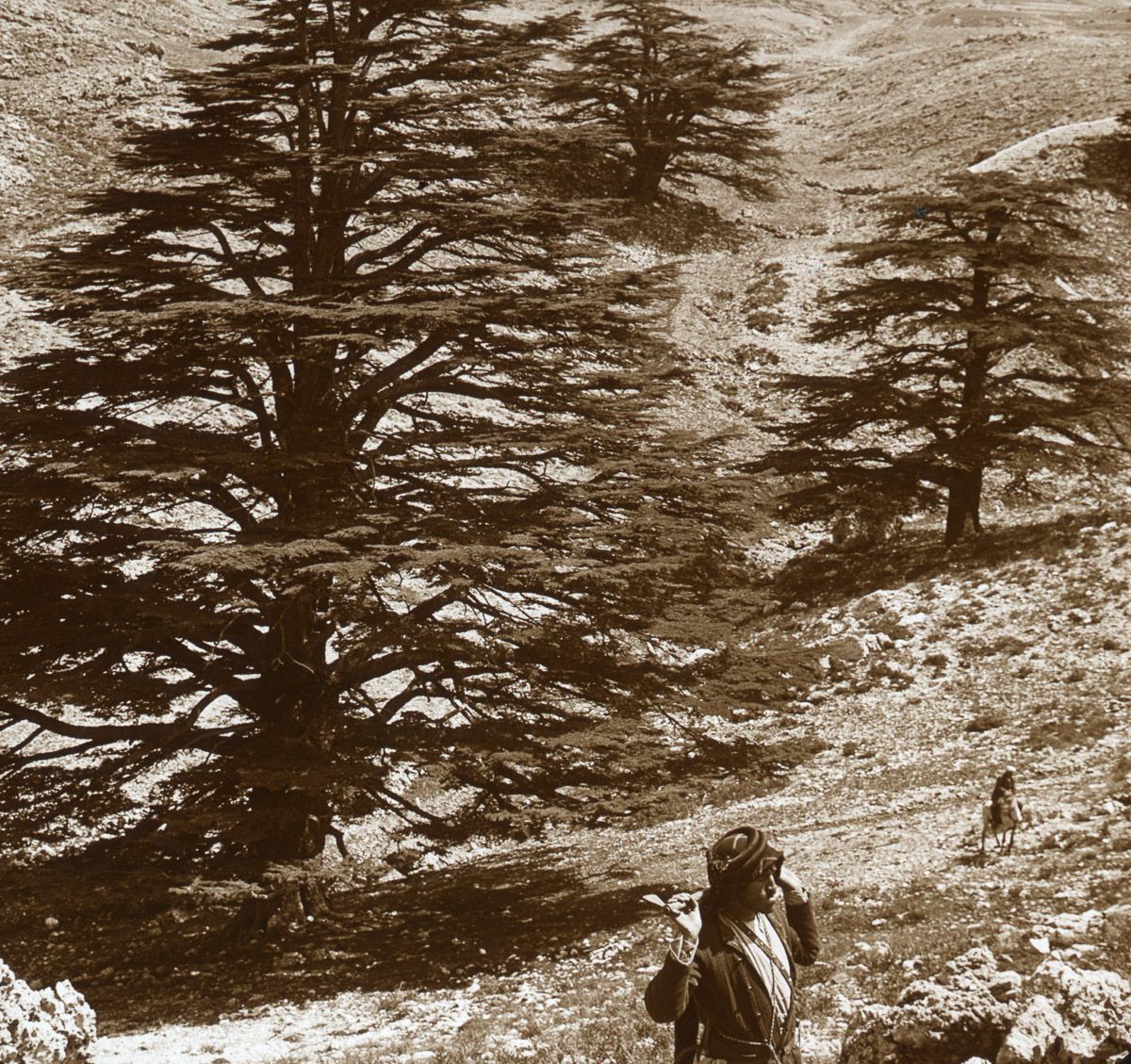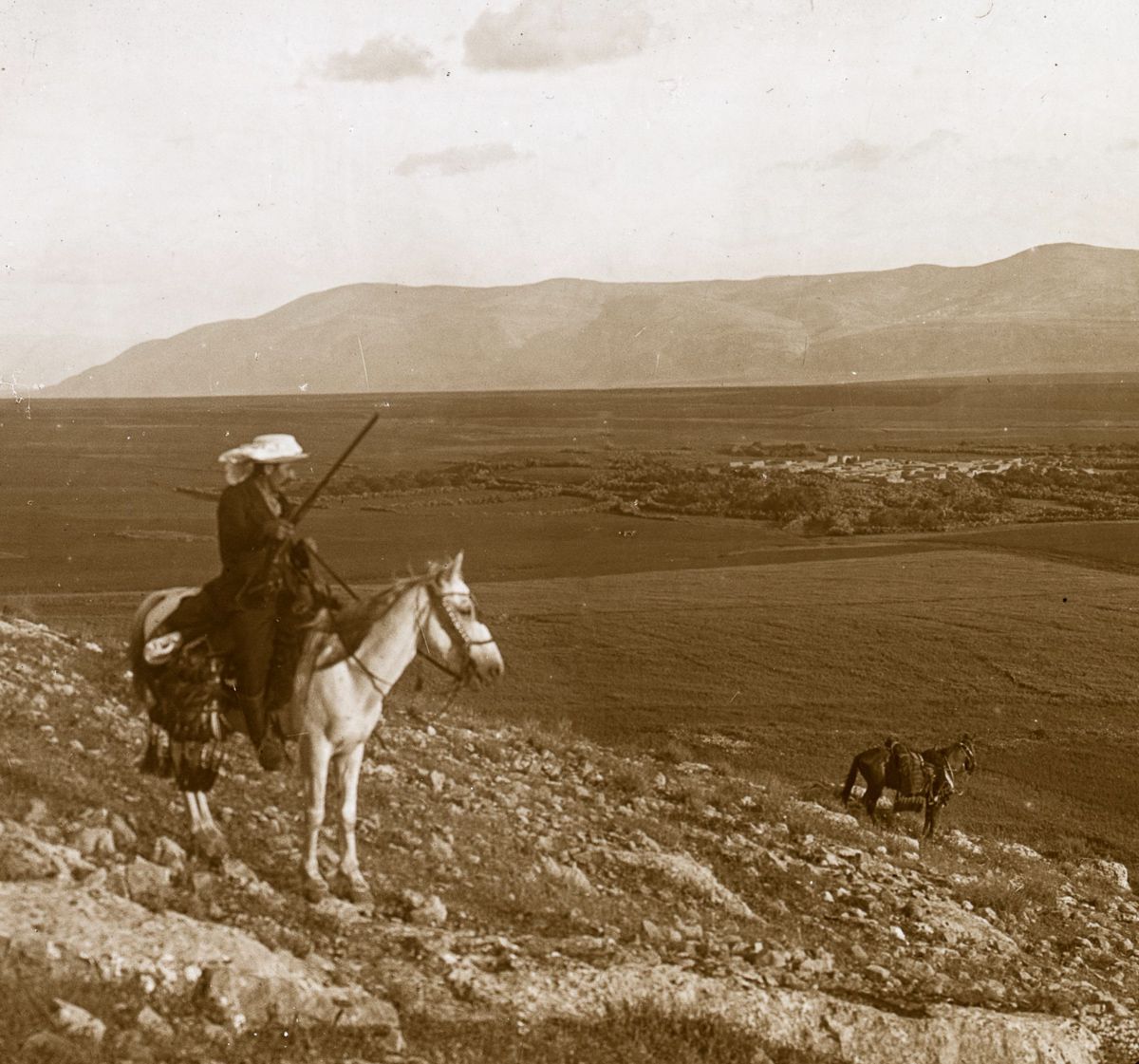“The mountains were his masters. They rimmed in life. They were the cup of reality, beyond growth, beyond struggle and death. They were his absolute unity in the midst of eternal change.”
― Thomas Wolfe, Look Homeward, Angel
Housed at Oregon State University’s Visual Instruction Department, these lantern slides show us mountain views of the Biblical Levant in the in final throes of Ottoman rule. Does the divine live in these mountains, in that place Western school text books once called the Holy Land? Many suppose so.
When Dr. King proclaimed “I have seen the mountaintop!”, we understood the metaphor of the mountain. To rise up is to gain knowledge though action.
We see Mount Tabor, possible site for the Transfiguration of Jesus. Mount Gerizim is sacred to the Samaritans, who regard it, rather than Jerusalem’s Temple Mount, as the location chosen by God for a holy temple. Was it here where Abraham almost sacrificed his son Isaac?
The Mount of Olives is first mentioned in connection with David’s flight from Absalom (II Samuel 15:30): “And David went up by the ascent of the Mount of Olives, and wept as he went up.”
You could think mountains eternal. But they have a beginning, a middle and an end. Like all things, they will change.
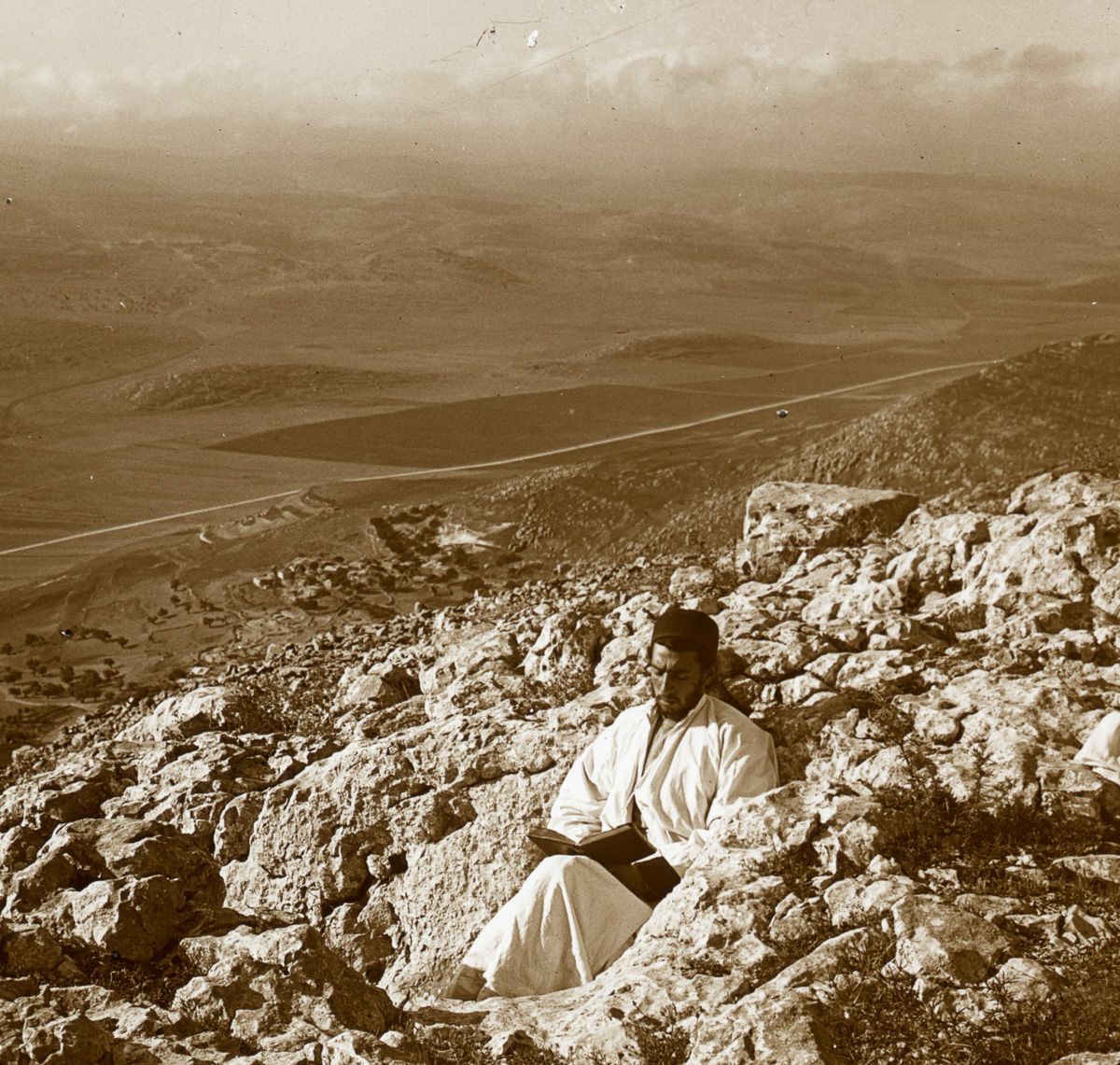
The reputed location of Abraham’s offering of Isaac on Mount Gerizim
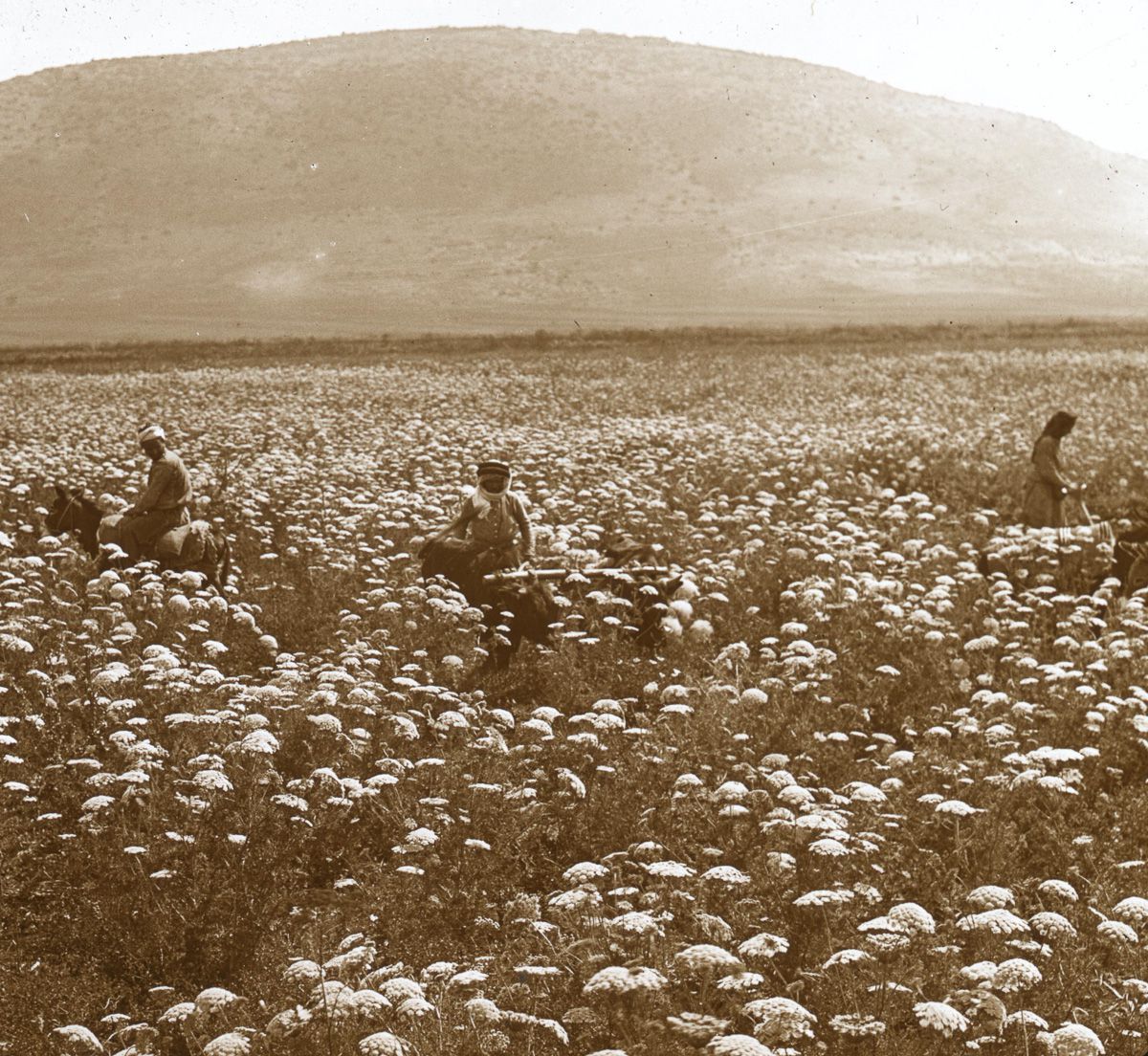
Mount Tabor
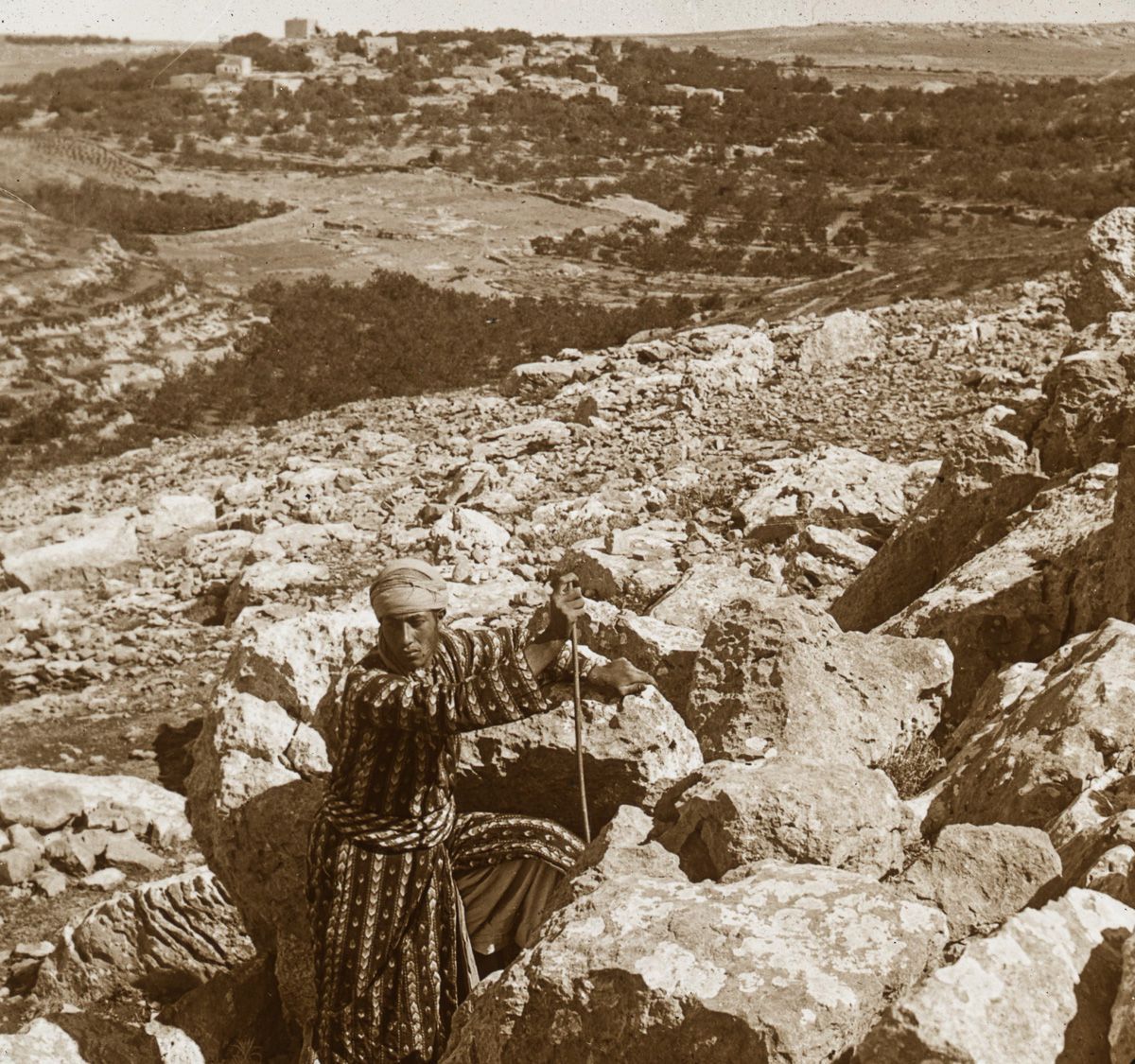
Bethel
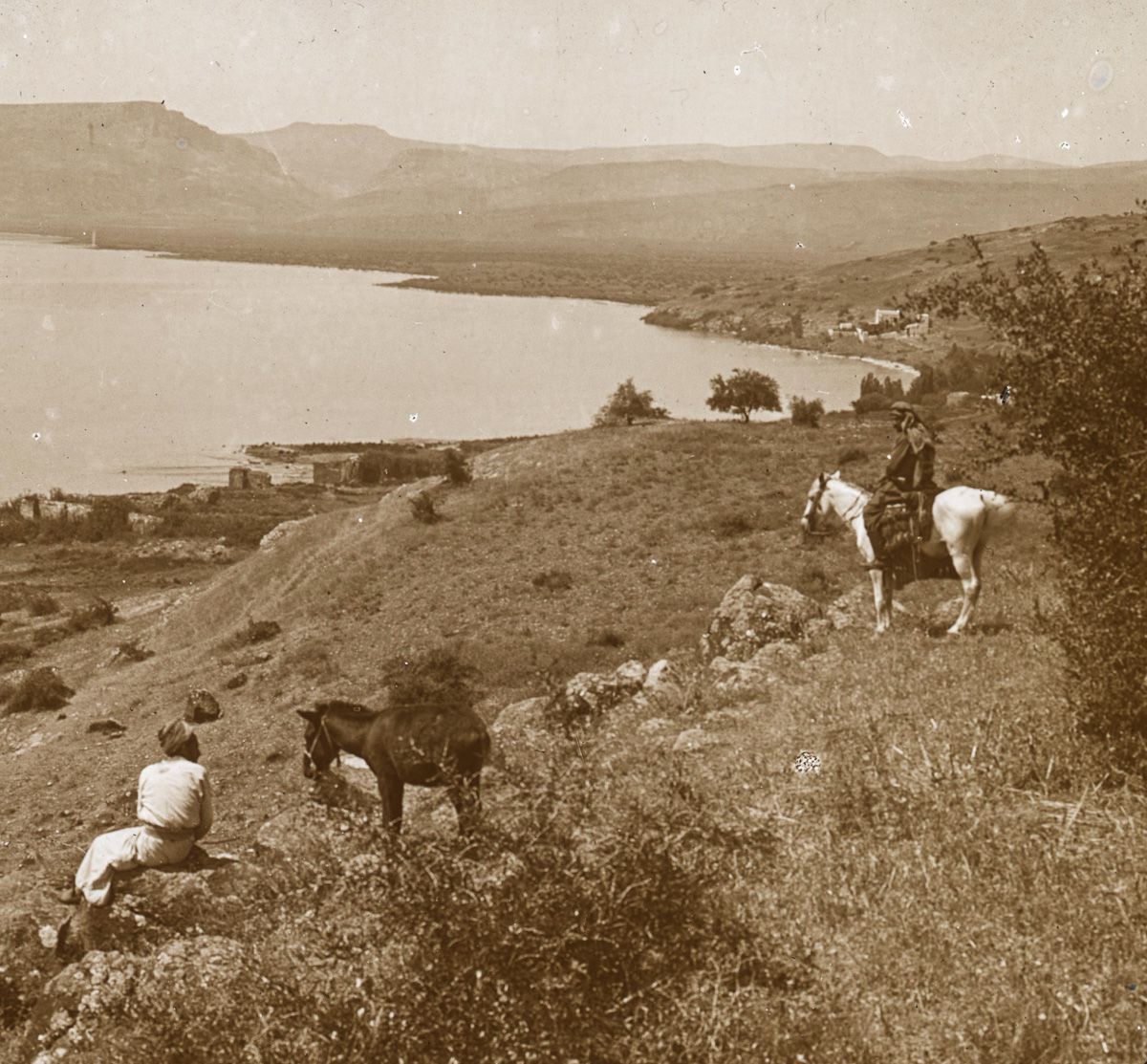
A view from Bethsaida to the Mount of the Beatitudes.
Image Above from historic lecture booklet:
“We climb up the staircase from the underground recesses, and standing upon the temple platform, one looks across the Valley of the Kedreon to the Mount of Olives. This is a range of hills, having four summits on the east of the city. Our views include the middle of the range, the part most interesting. That prominent building on the hillside with its onion-shaped dome, is a Russian Church; and the tower on the summit of the hill is also Russian building. You can perceive three roads up the hill, that on the left is the highway to Jerusalem and Jericho, in Christ’s time haunted by robbers 0 as you remember in the parable of “The Good Samaritan”; and even not it is not safe for travelers who are alone. That lower path on the right may be the one over which Christ rode on his traditional Garden of Gethsemane where our Savior bowed in prayer on the night before his cross. Theses old olives may be the descendants of the tree whose leaves rustled over him in his agony.”
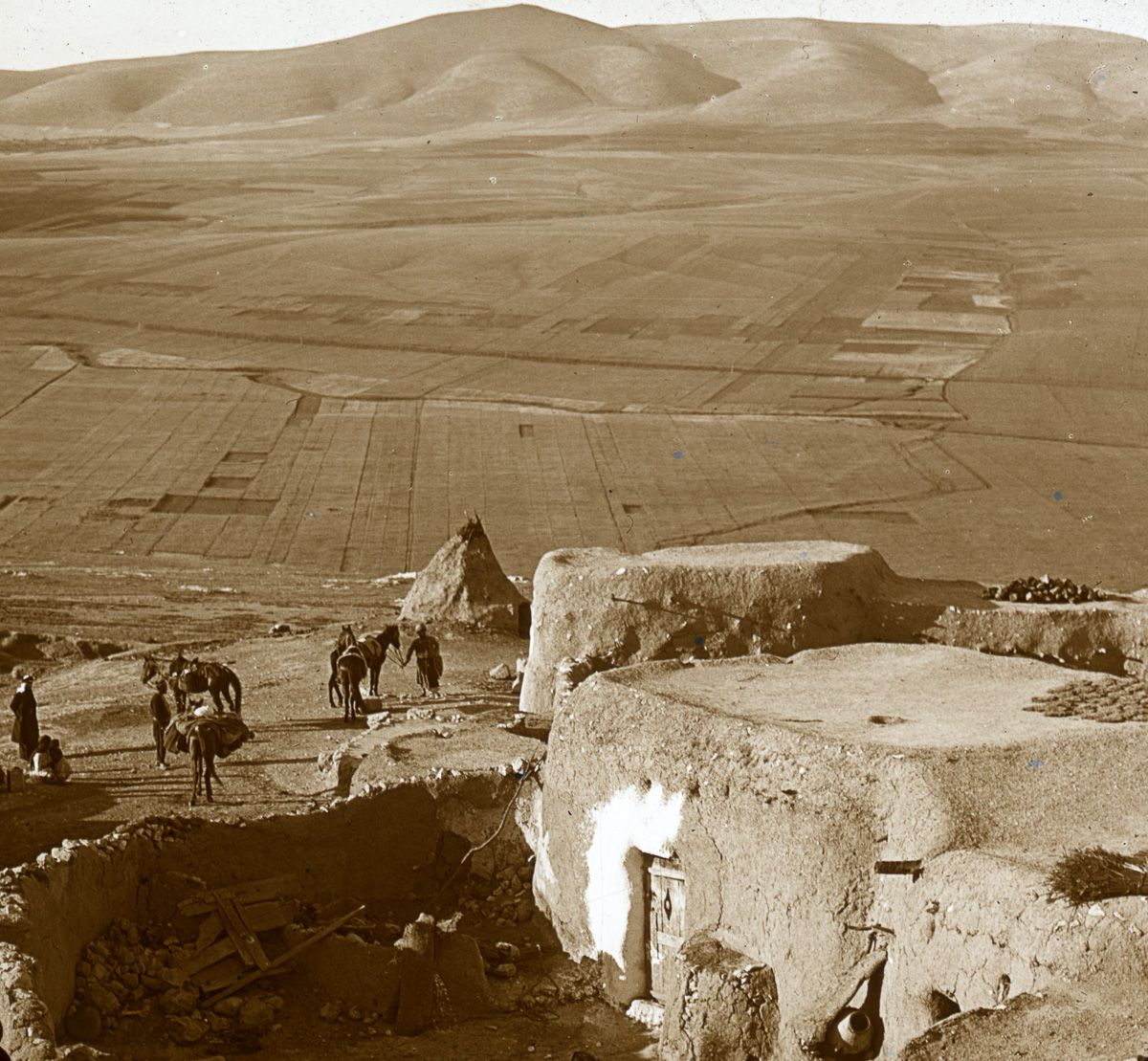
The Hill of Moreh from the south
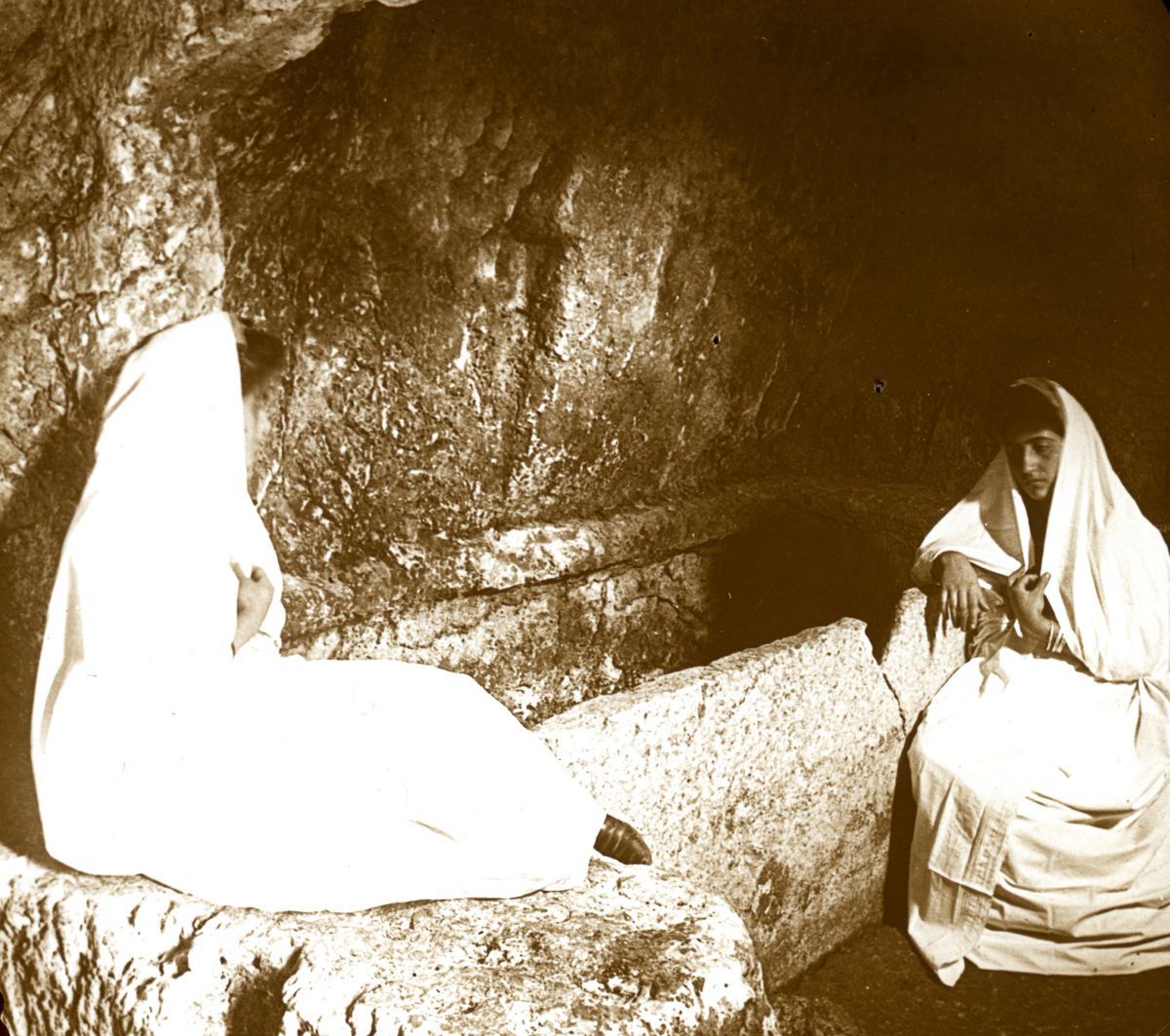
Inside the Tomb in the Garden, New Calvary
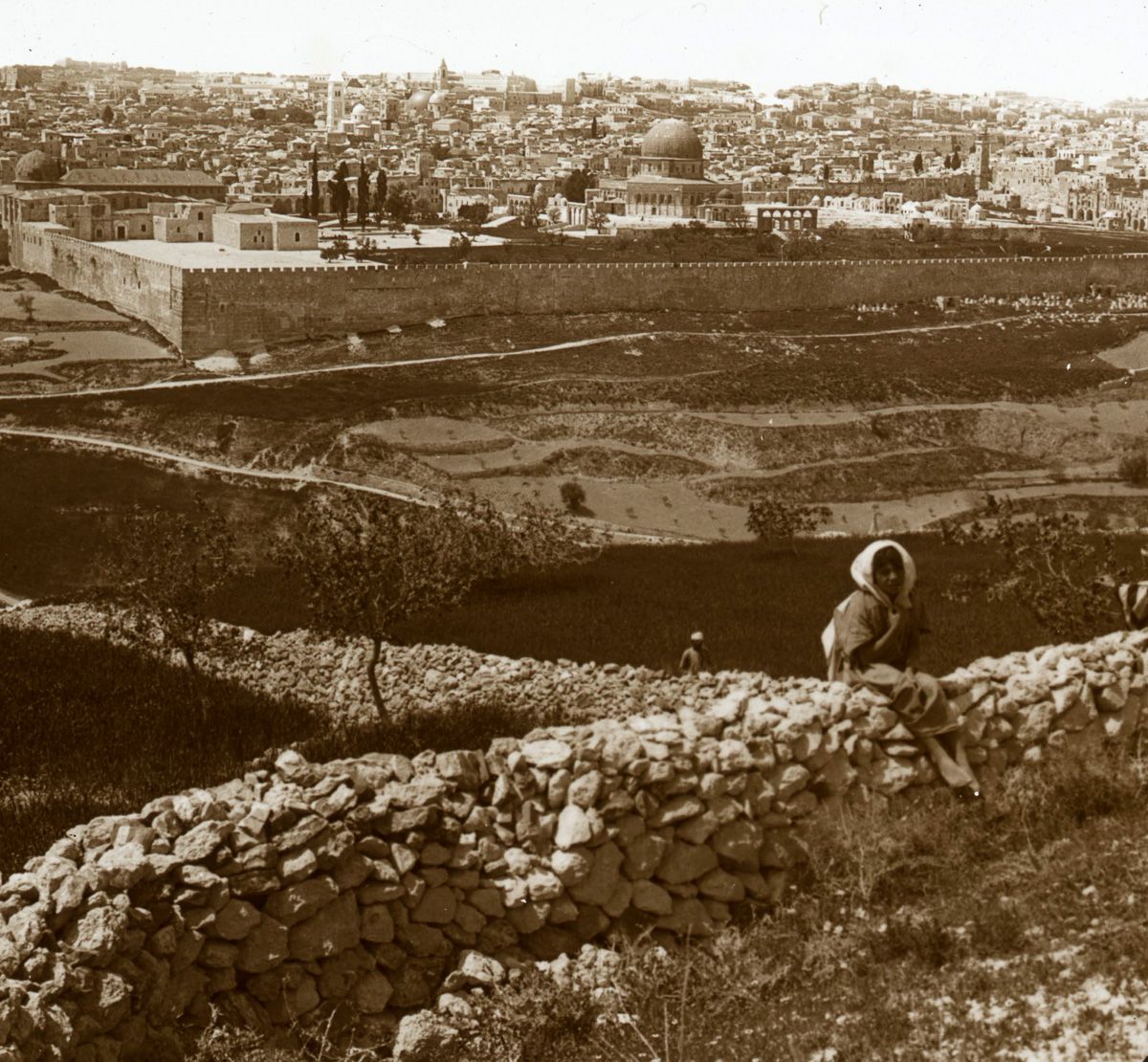
Jerusalem from the Mount of Olives.
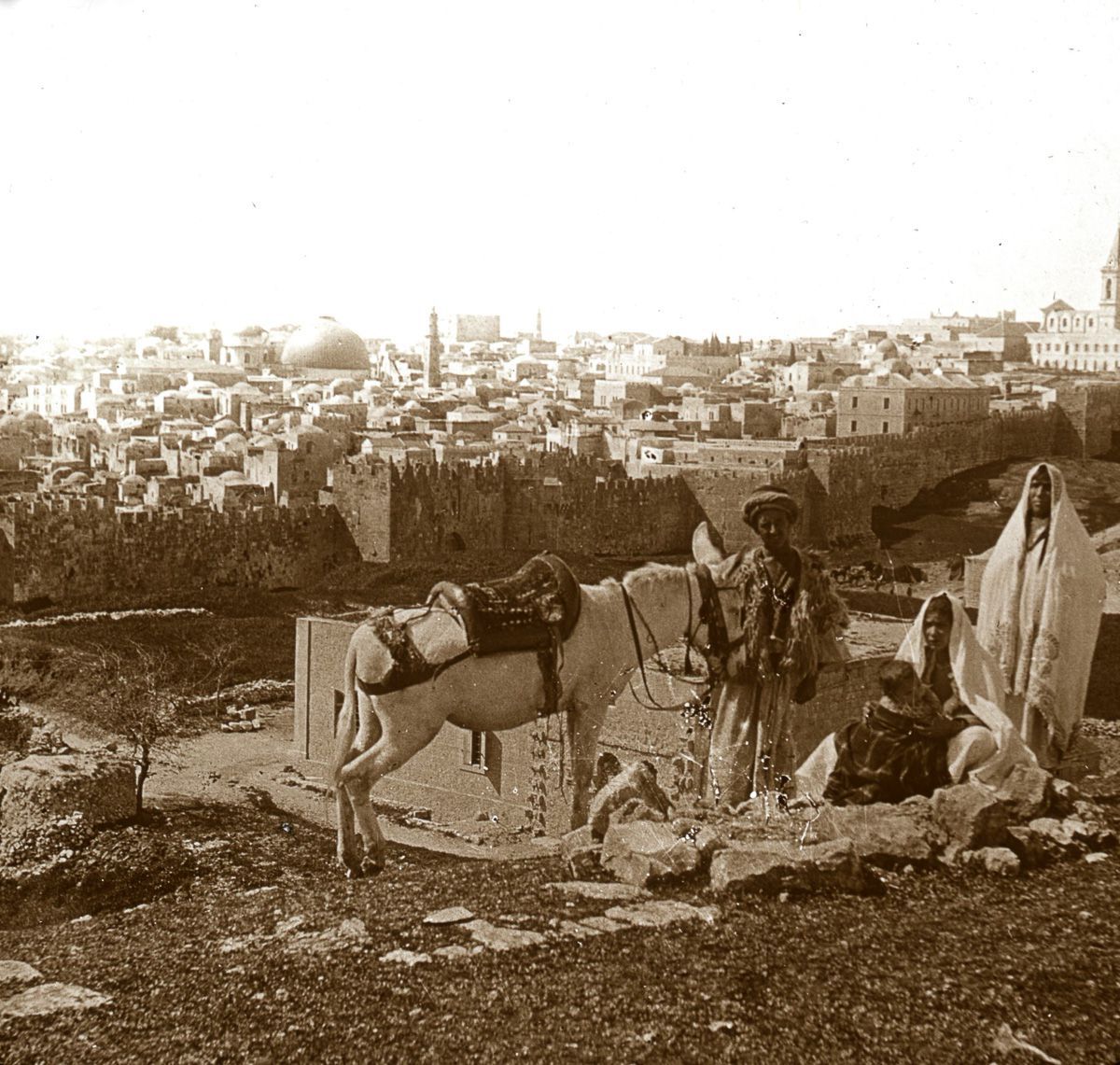
Jerusalem from the New Calvary hill.

A school in Ramah.
Image Description of the above from historic lecture booklet:
“While we are passing through Ramah we pause in the courtyard of one of its homes to look at a Mohammedan school. You see the turbaned teacher, with a page of the Koran in his hand; for throughout the world of Islam, the Koran is the only text-book. Before him are seated the young pupils in a circle, while around visitors are looking on. In some such group as this sat the boy Jesus at school in Nazareth, only there he held a leaf of the Old Testament; and in another circle like this in the temple at Jerusalem say Saul the youth from Tarsus at the feet of Gamaliel.”

The Mosque of Hebron
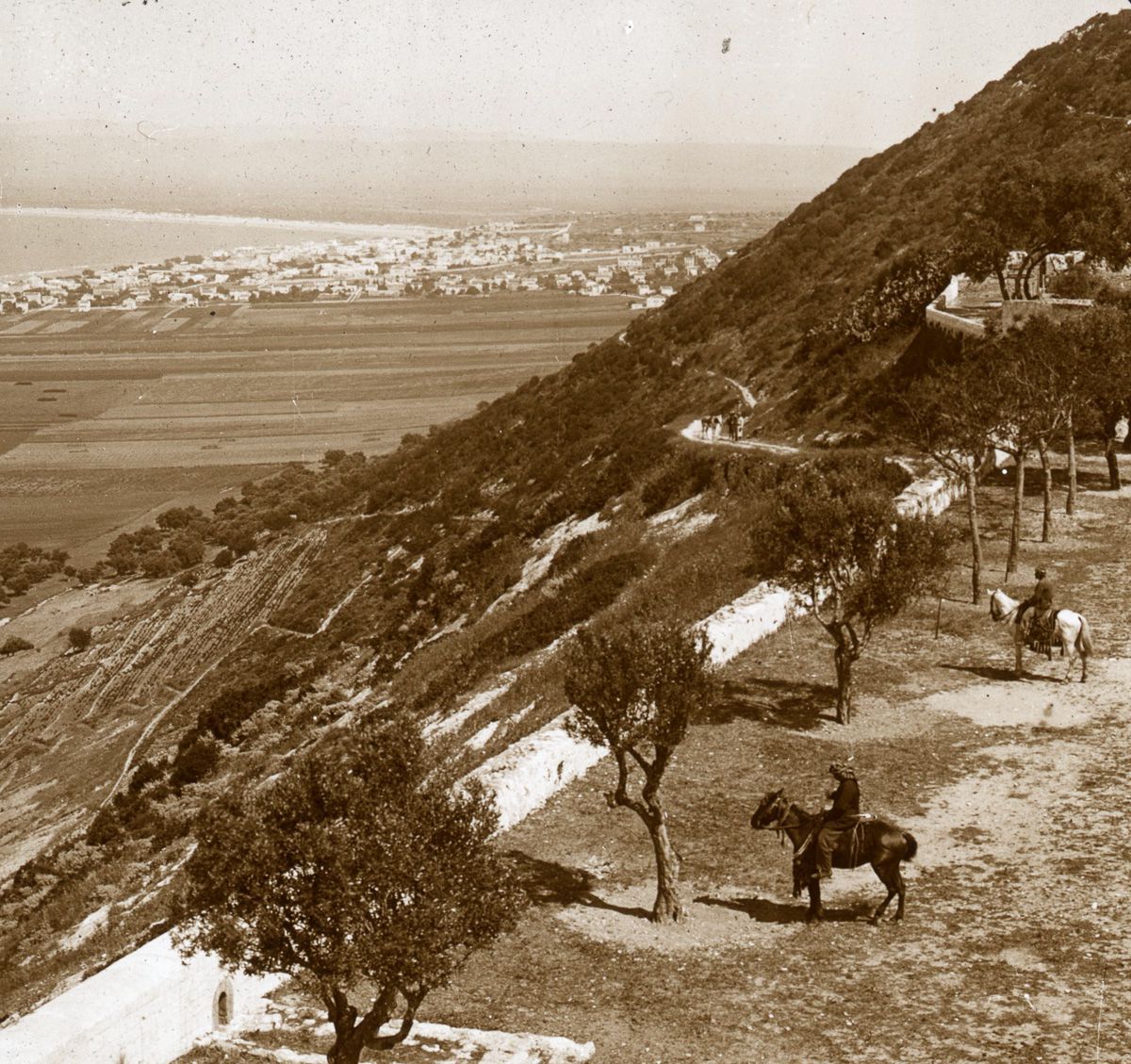
Mount Carmel and the Bay of Haifa.
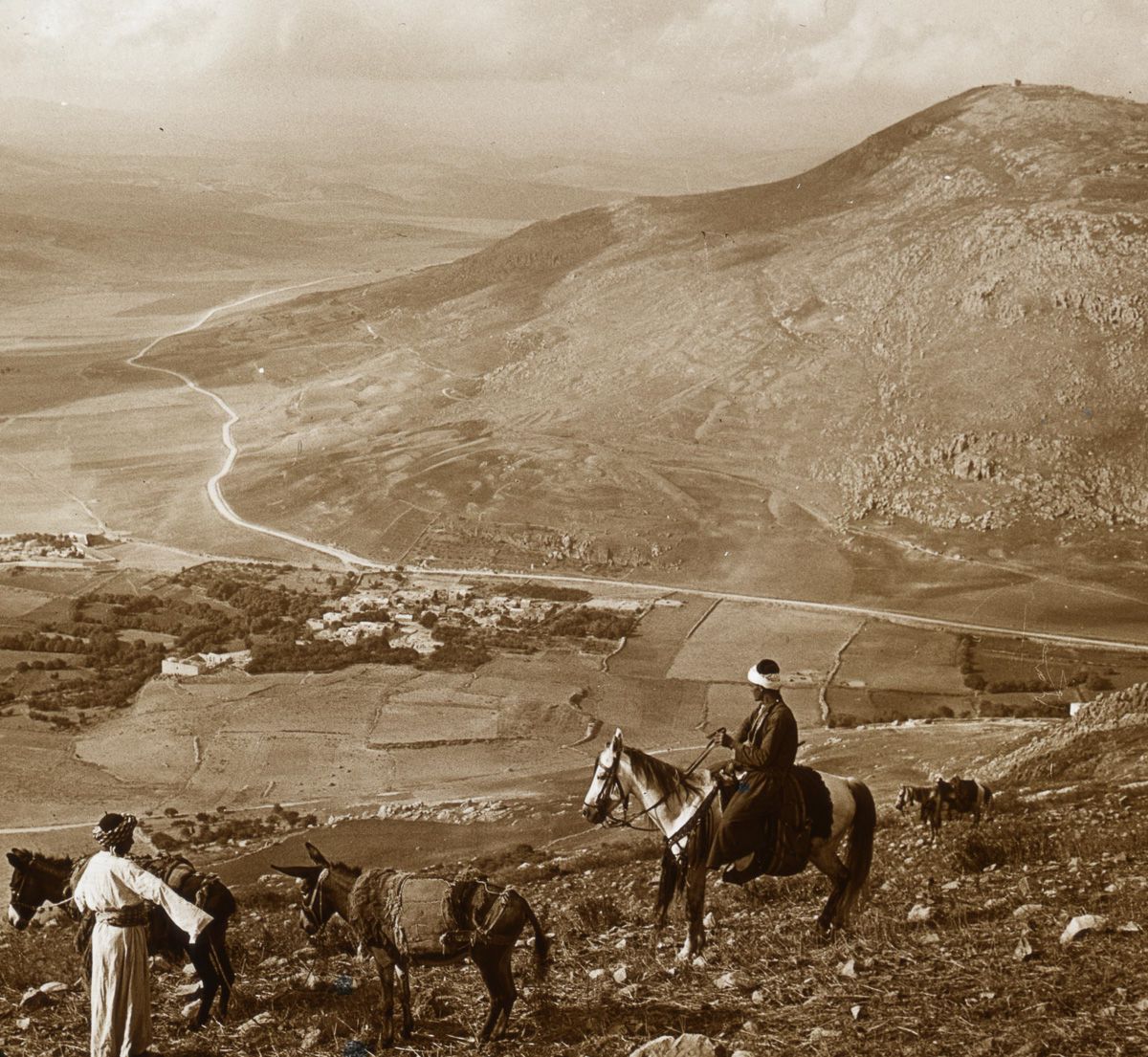
Mount Gerizim from Mount Ebal.
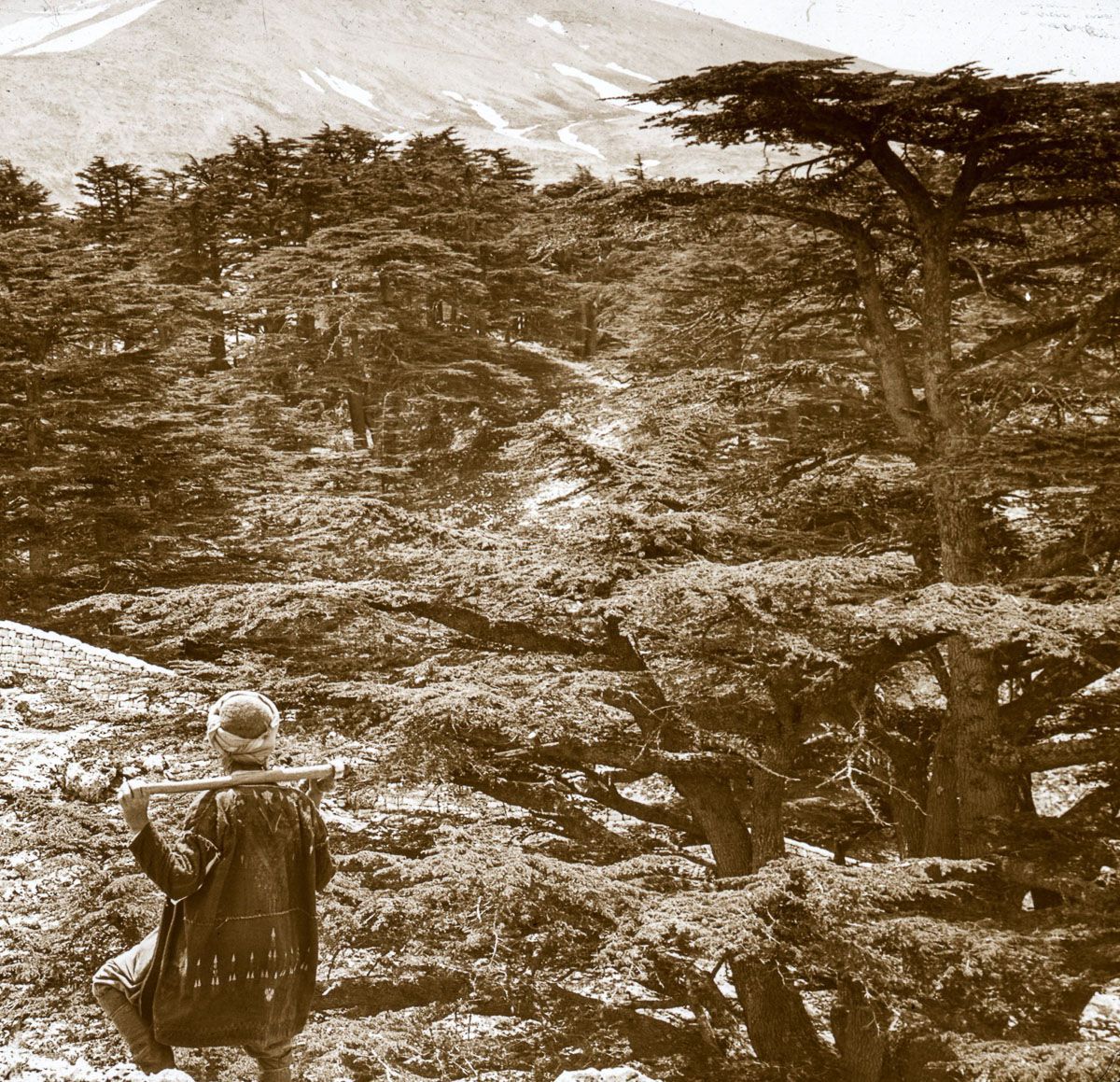
Mount Lebanon
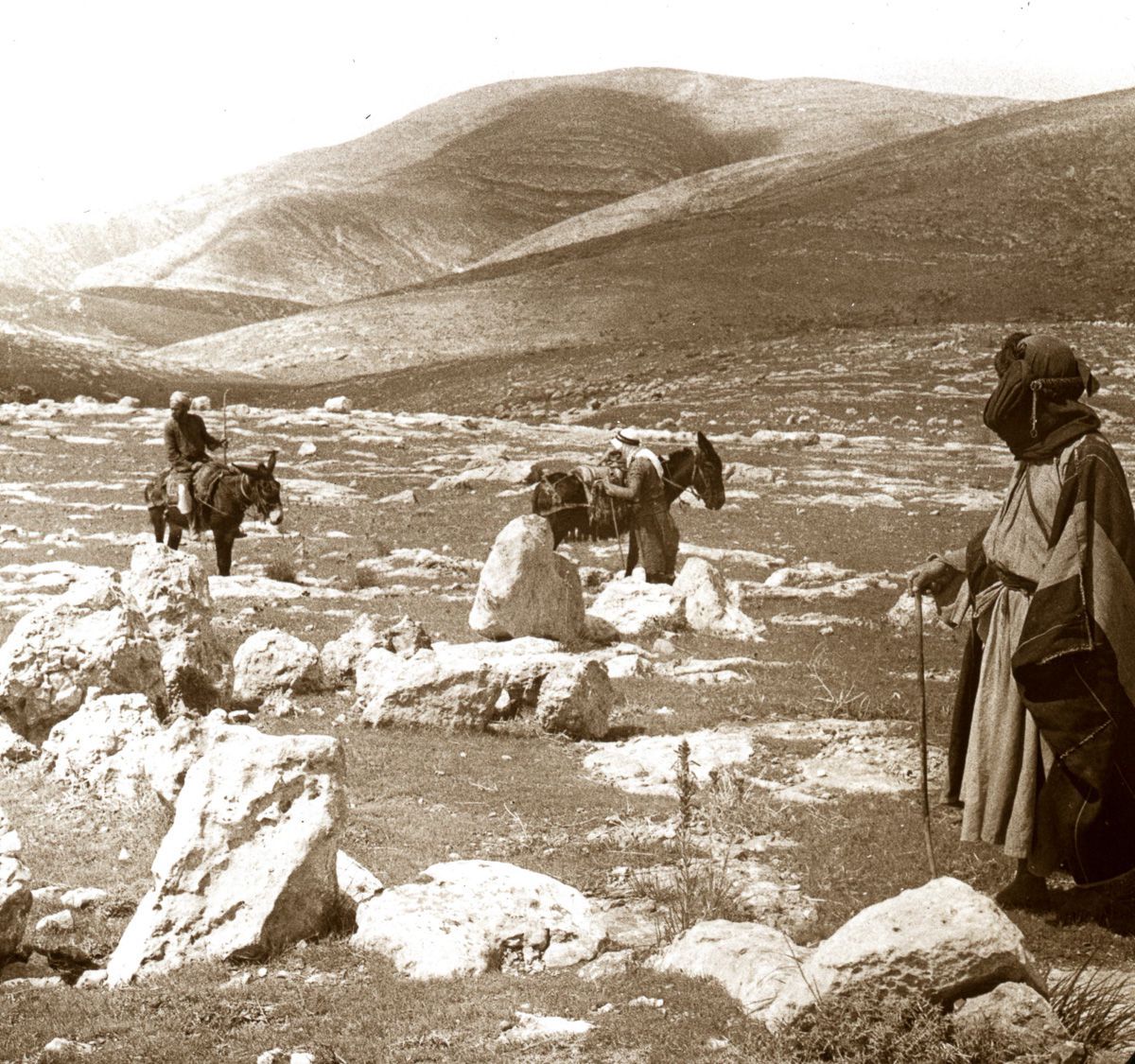
Mount Nebo from the East.

The New Calvary hill from the south.

The village of Nain and Mount Tabor.
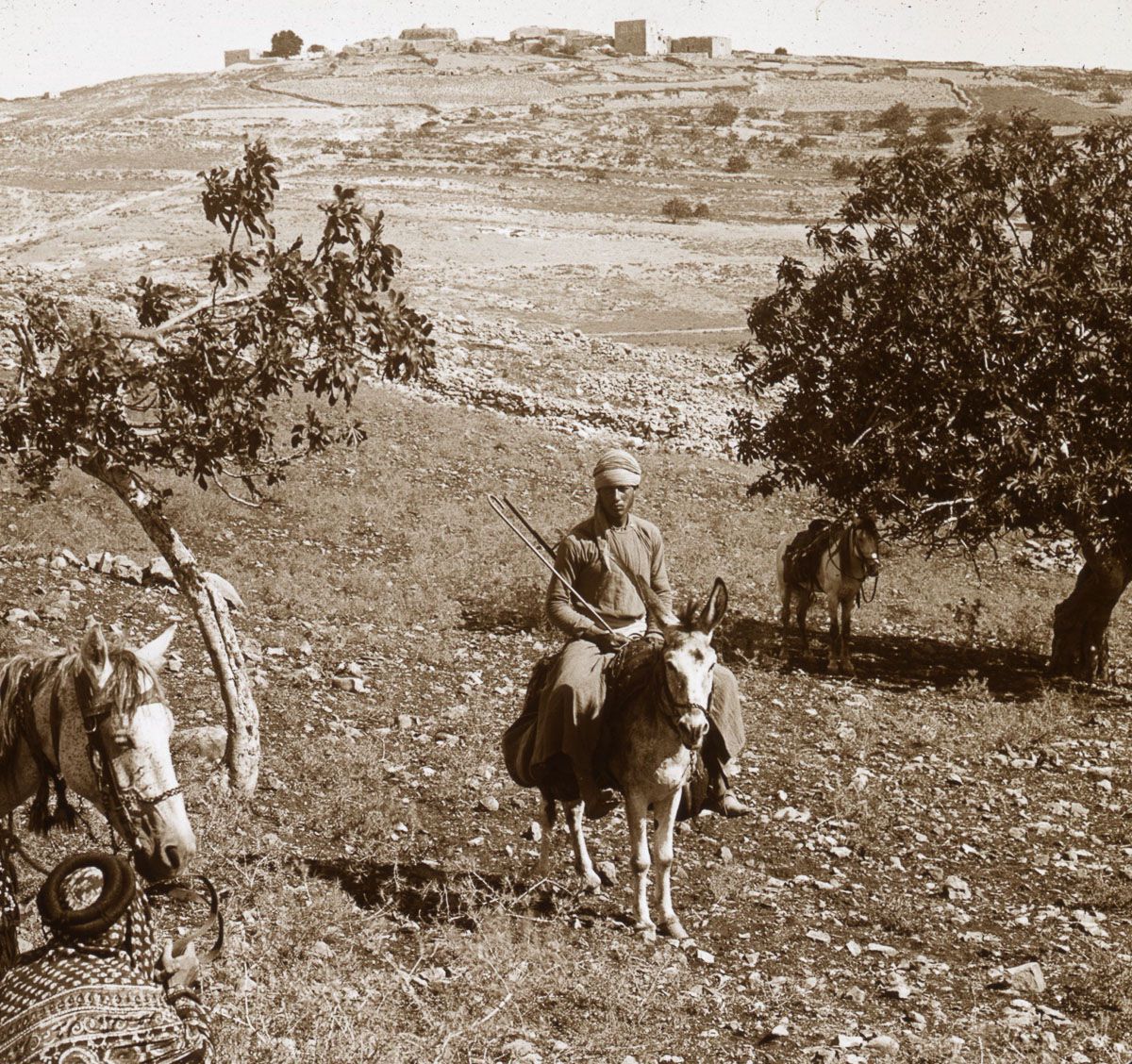
Ramah from the south.
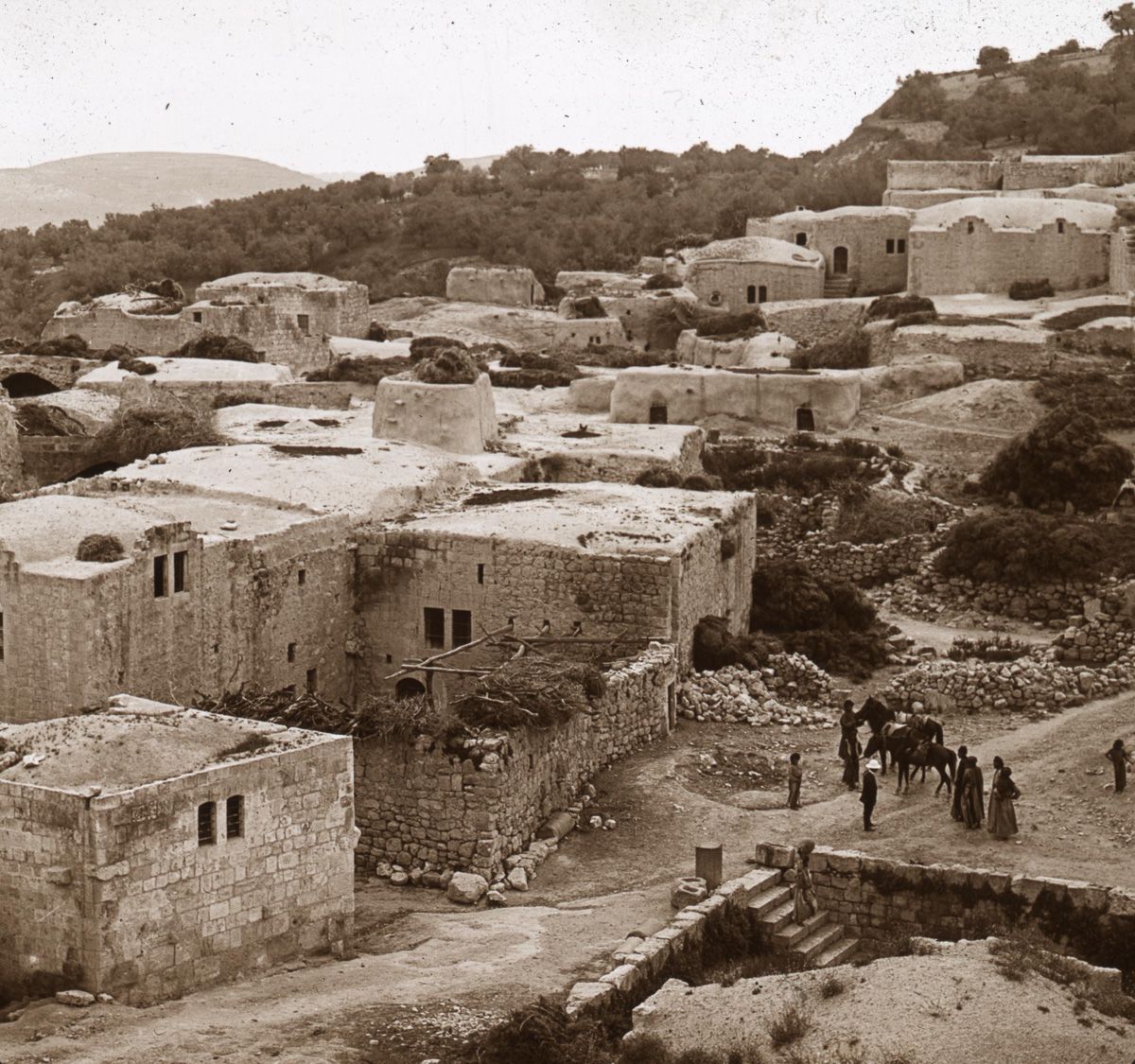
Samaria from the minaret of the mosque.
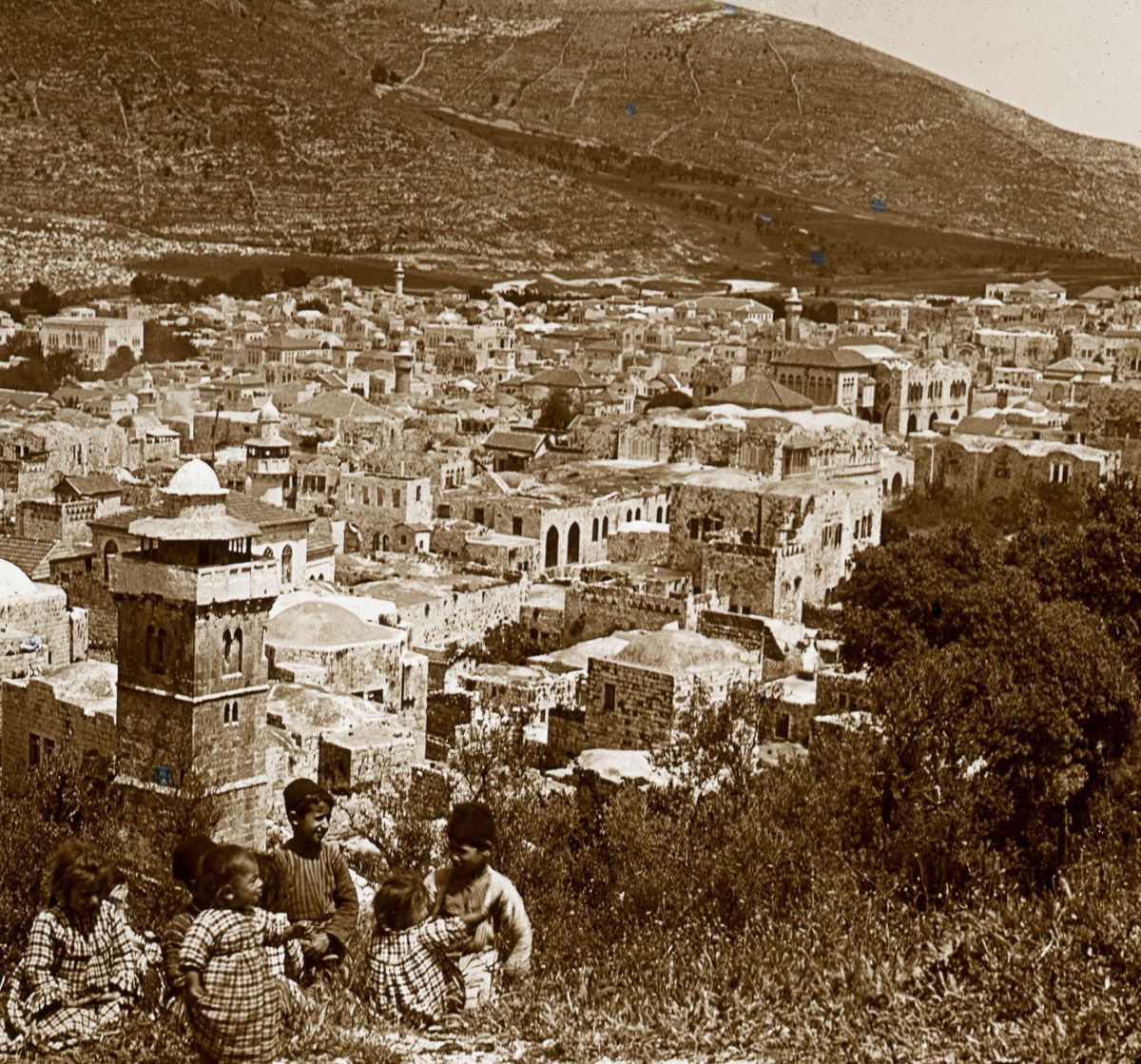
Shechem and Mount Ebal
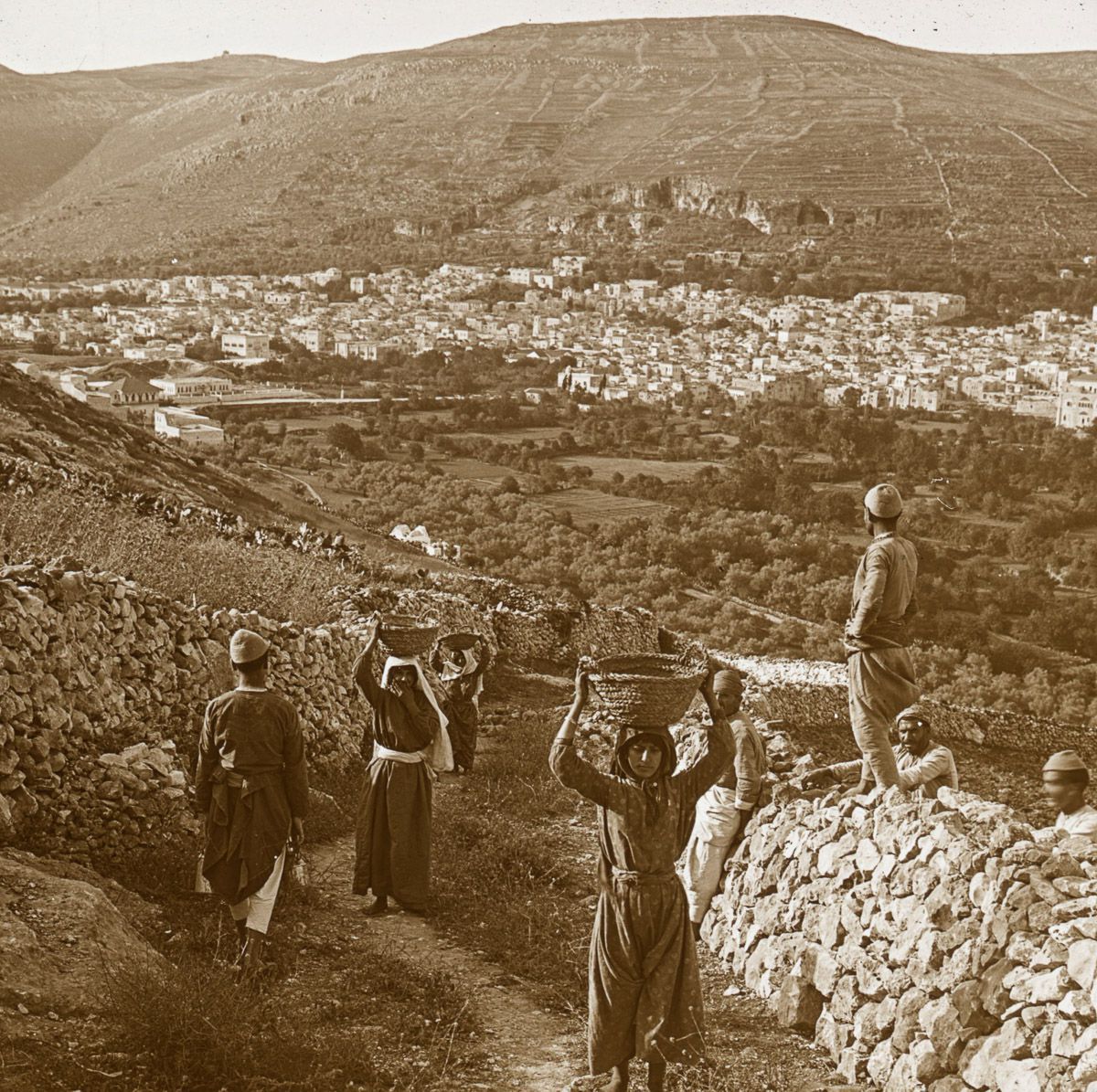
Shechem and Mount Gerizim.
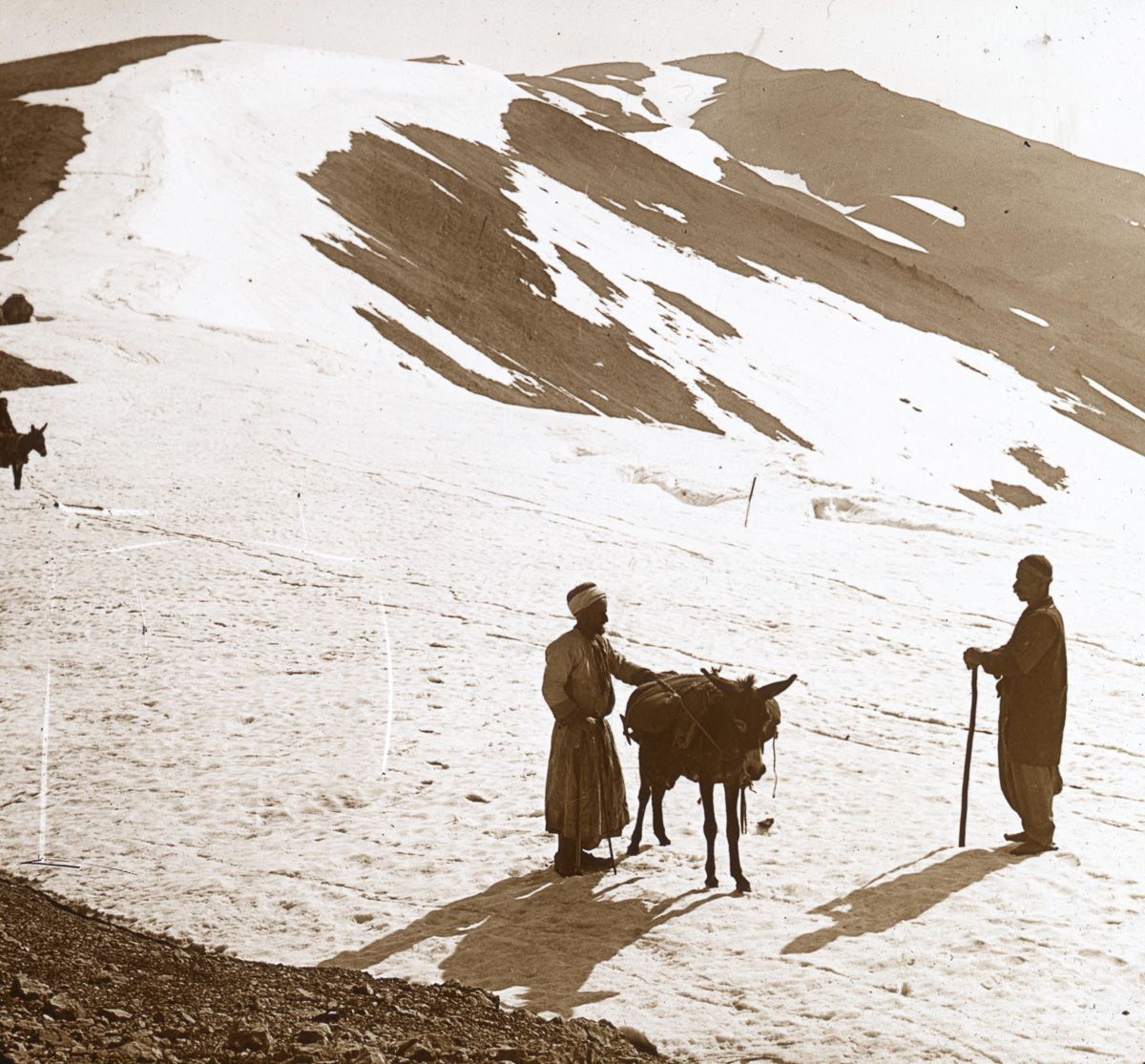
Mount Hermon
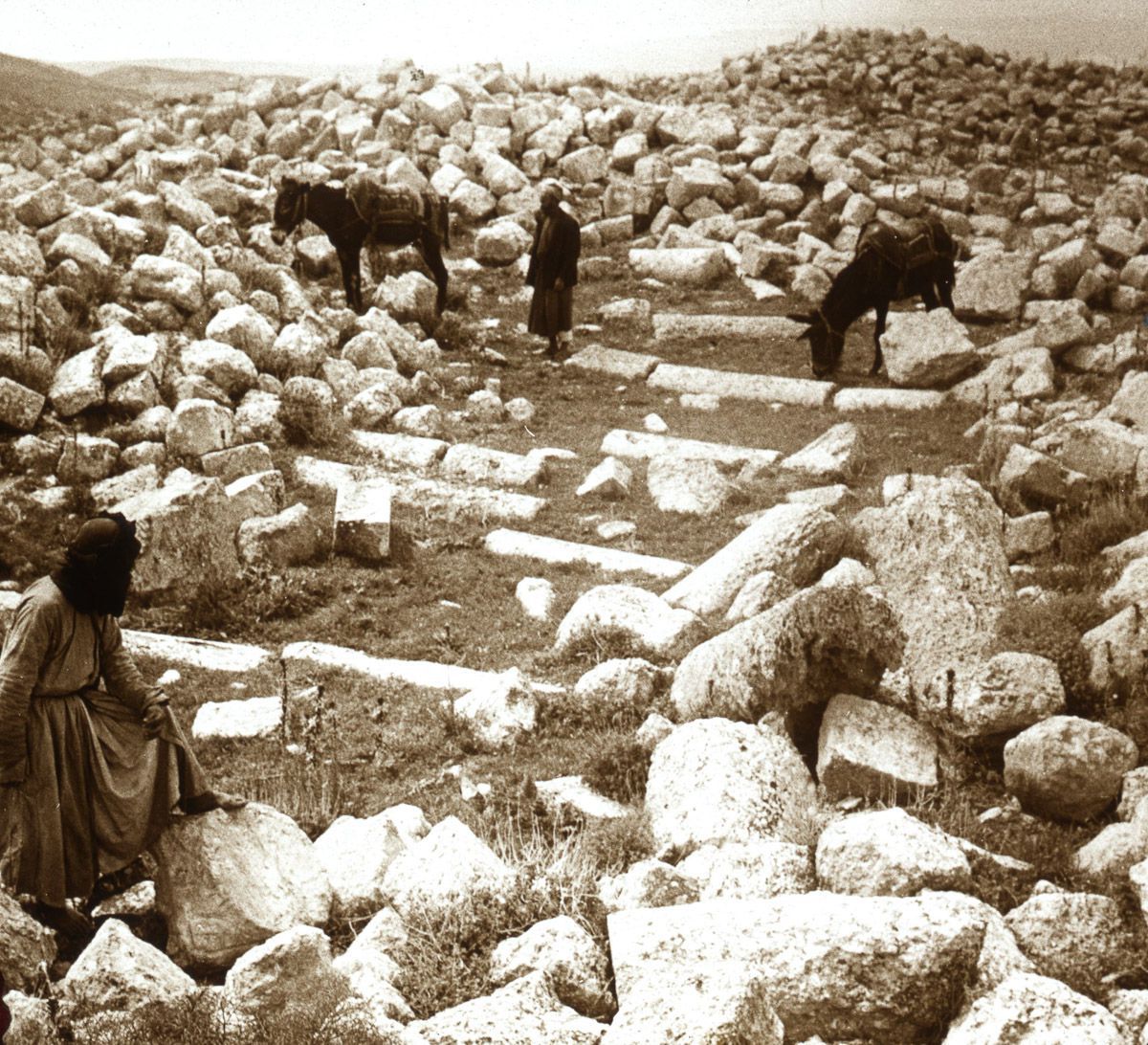
The summit of Mount Nebo
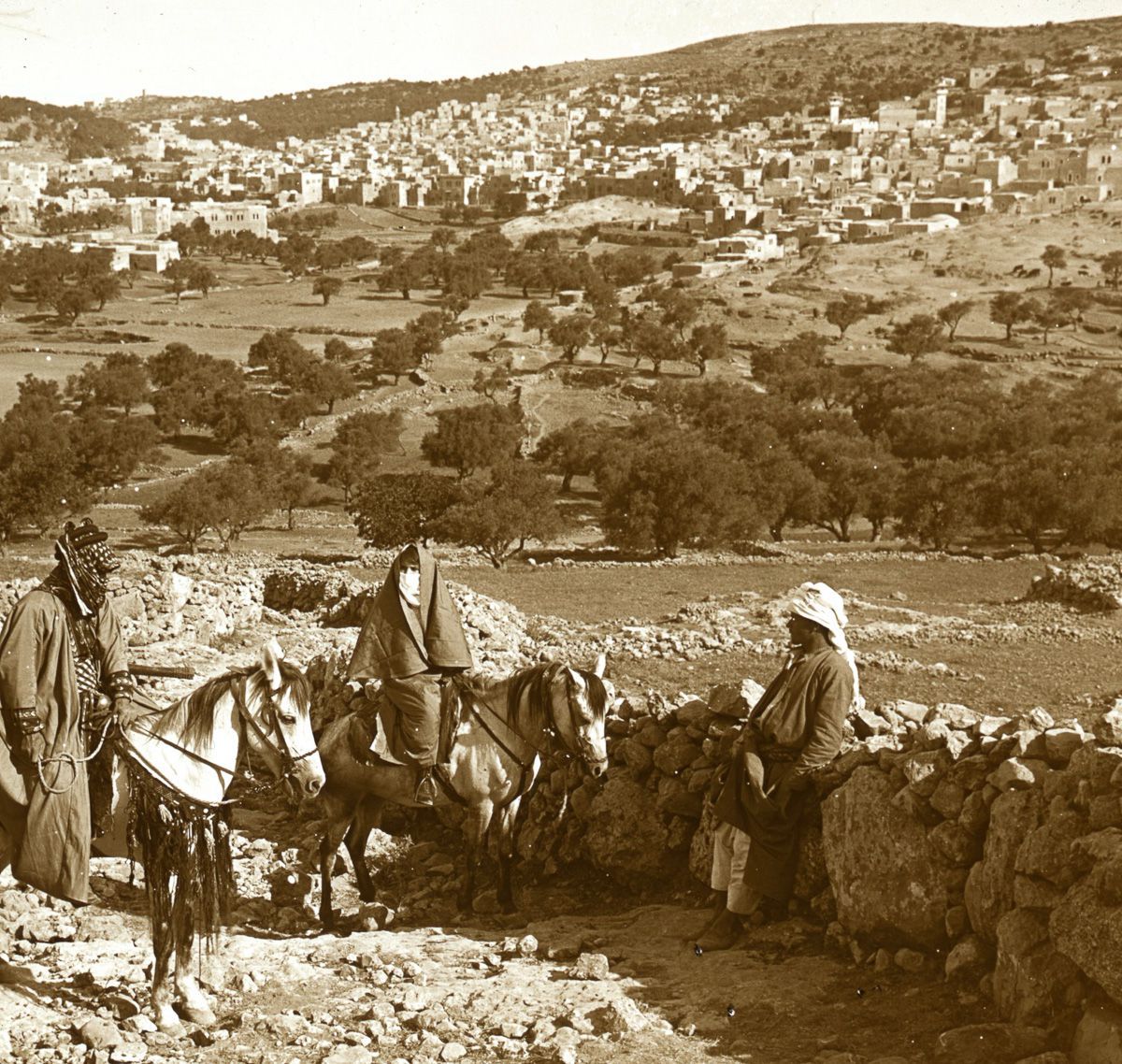
The Hill of Hebron from the southeast.
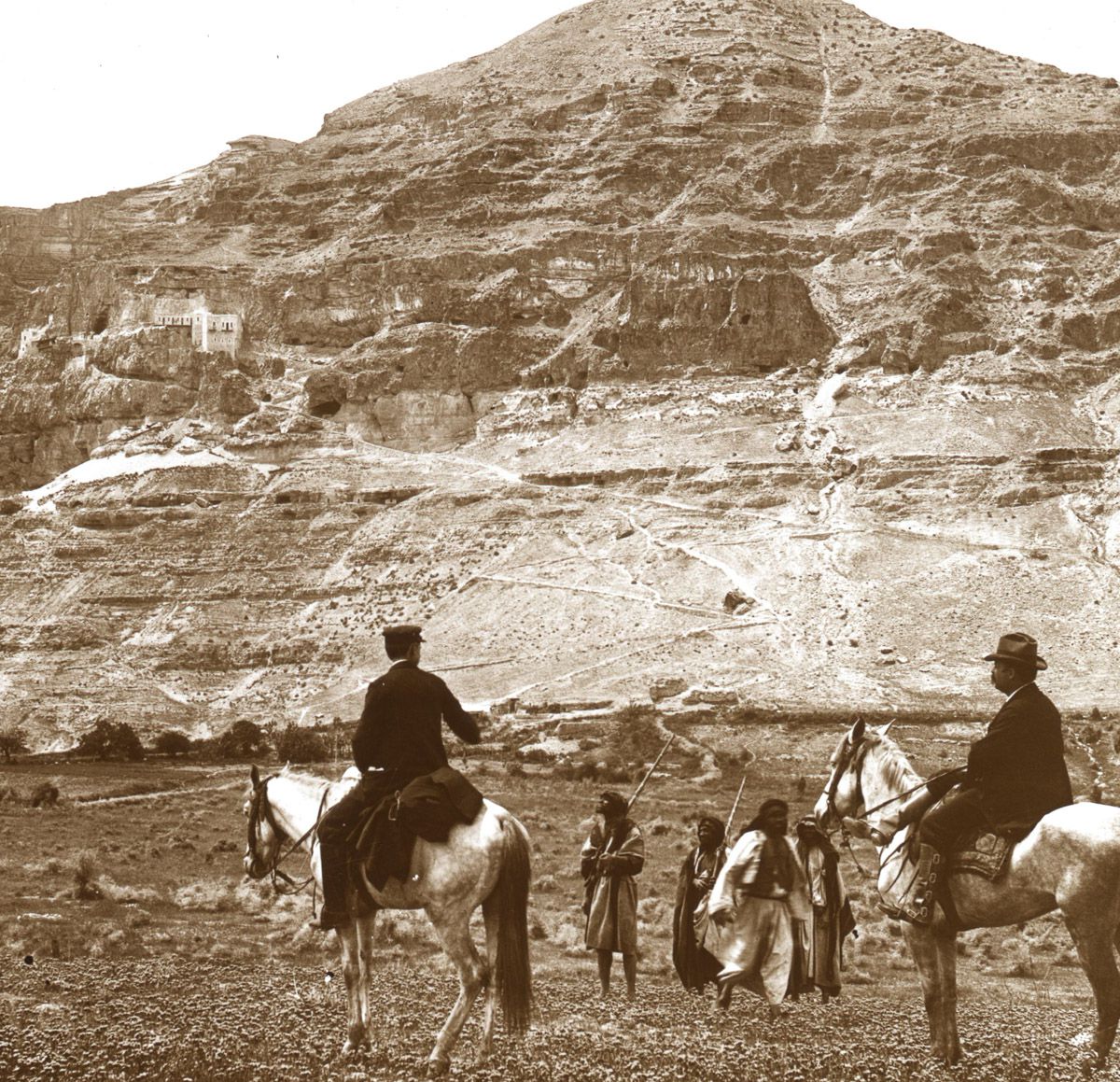
The Mount of Temptation.
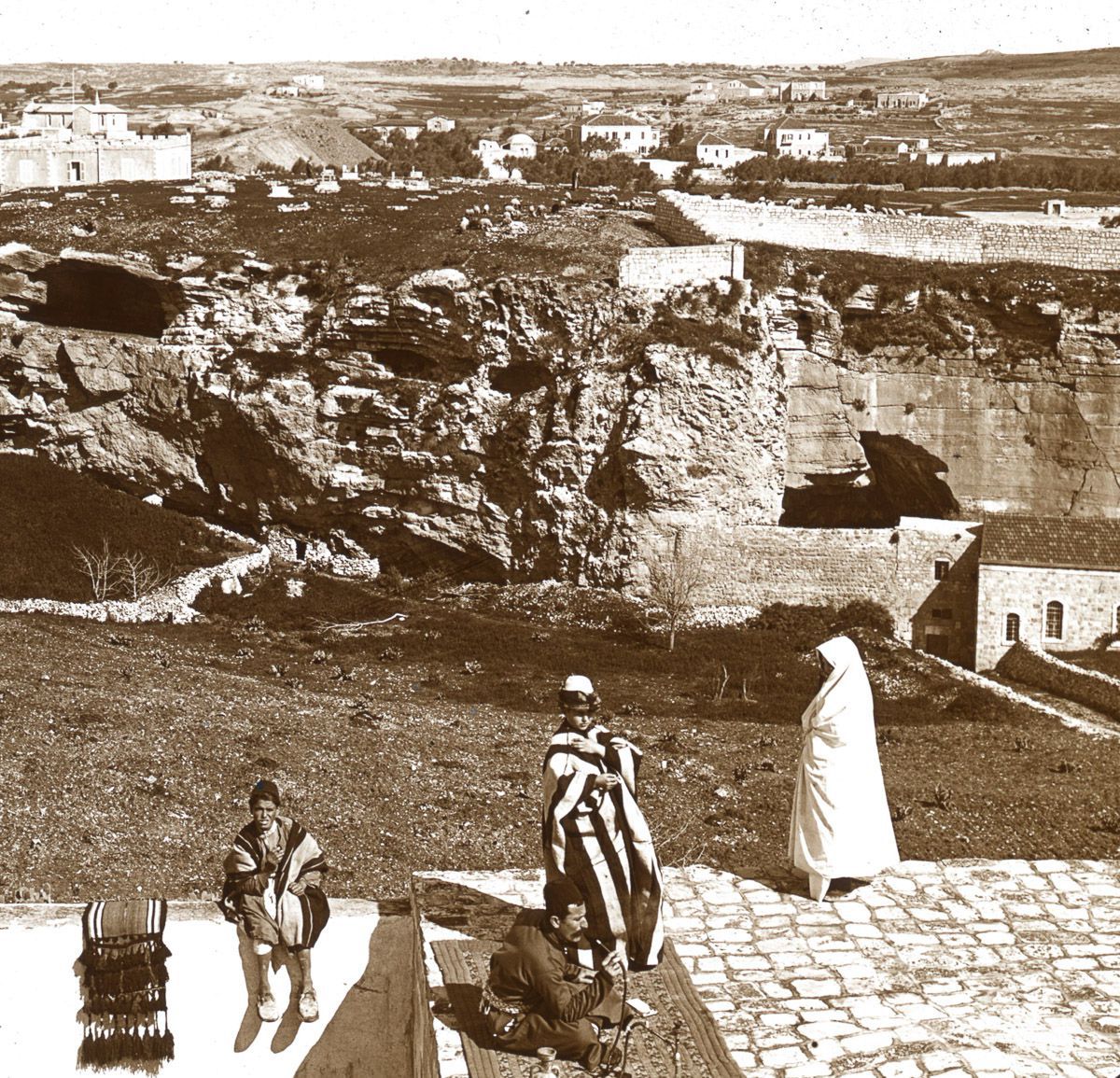
The New Calvary hill.
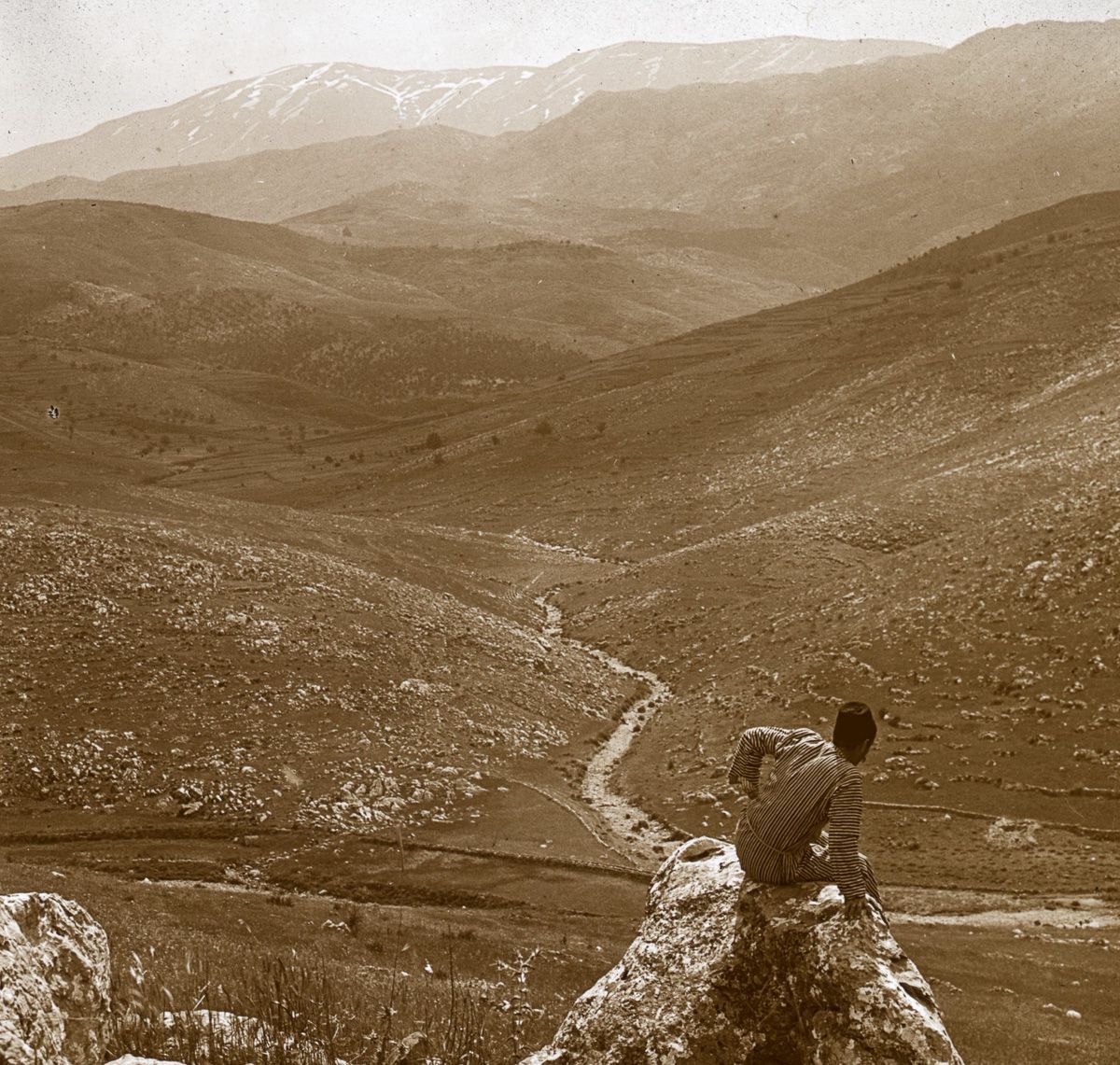
Mount Hermon from the northwest.
Would you like to support Flashbak?
Please consider making a donation to our site. We don't want to rely on ads to bring you the best of visual culture. You can also support us by signing up to our Mailing List. And you can also follow us on Facebook, Instagram and Twitter. For great art and culture delivered to your door, visit our shop.


